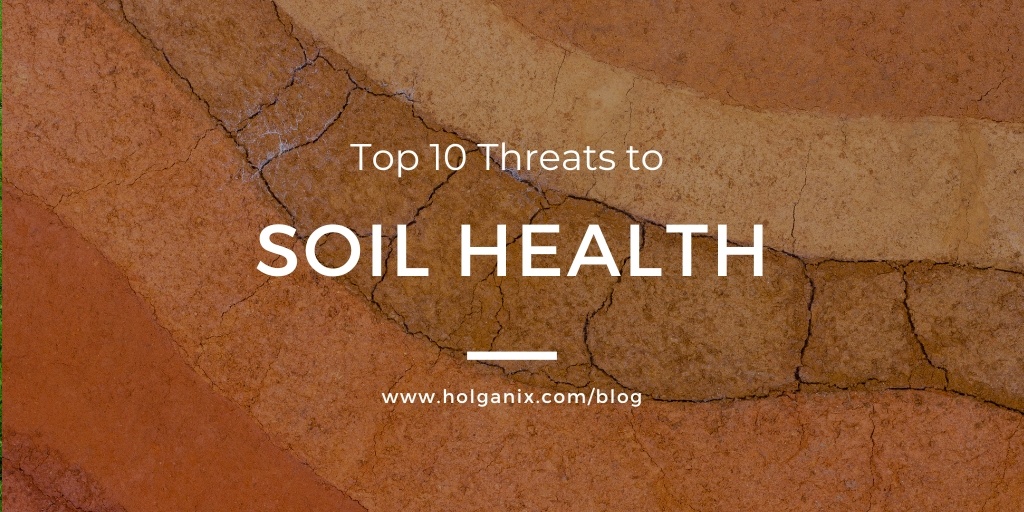Think of the soil as the pantry for plants, storing the necessary nutrients to feed the plant and ultimately boost plant health. The Cation Exchange Capacity (CEC) is the soil’s ability to maintain and release nutrients to the plant. So, the higher the CEC, the larger the pantry and the more “food” the soil has the ability to store and feed to the plant. So what exactly is the CEC and why is it so important to plant health?

First, we have to start with a little high school chemistry instruction. Soil is composed of sand, silt, clay and organic matter. Clay and organic matter particles have a net negative charge. Like a magnet, these particles will attract positively charged particles and repel negatively charged particles.
Elements (like nitrogen) with electrical charges are called ions. Negatively charged ions are anions while positively charged ions are cations. Cations (positively charged ions) cling on to clay and organic matter particles, and can be exchanged with other cations. “The total number of cations a soil can hold – or its total negative charge – is the soil’s cation exchange capacity. The higher the CEC, the higher the negative charge and the more cations that can be held” (Purdue University Cation Exchange Capacity Extension).
Cations on the soil’s exchange sites resupply those lost through leaching or uptake by plant roots. “The higher the CEC, the more cations which can be supplied” to the plant, ultimately boosting plant health (the end of the soil chemistry story!).
The exciting thing is that many golf course superintendents are finding a huge increase in their CEC following Holganix use. At Orchid Island Golf and Country Club in Vero Beach, Florida, Superintendent Matt Boyd is one of the superintendents reporting CEC improvements with Holganix. In 2013, Boyd recorded CEC levels of 4.81. One year after introducing Holganix to Orchid Island’s agronomic program, Boyd reports an increase in CECs from 4.81 in 2013, to 7.78 in 2015!
Shannon Easter, Director of Operations of Broken Sound Club in Boca Raton, Florida has also seen improvements in CEC. Over all, after using Holganix for one year, he’s seen a 17% increase in CEC on fairways and a 27% increase on greens.


So how does Holganix increase CEC levels? As discussed previously, there are two soil ingredients contributing to CEC: clay content and humus. Both are negatively charged. Because Holganix stimulates digestion of organic matter, we increase humus levels and thereby increase CEC levels.

 |
August 4, 2015
|
10:00 AM
|
August 4, 2015
|
10:00 AM
-2.jpg)
-1.jpg)
-1.jpg)
-1.jpg)
.jpg)

-2.jpg)
-1.jpg)
-1.jpg)
-1.jpg)
.jpg)








.webp)
-1%20(1).webp)
-831535-2.webp)




-1.png)
